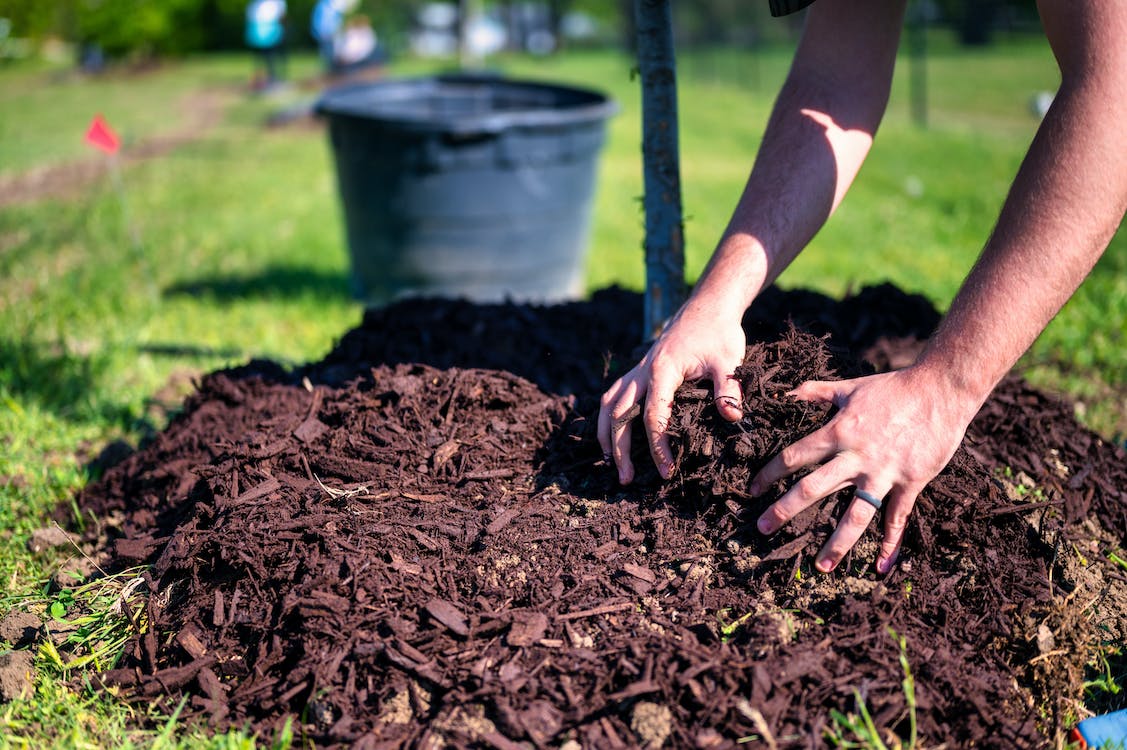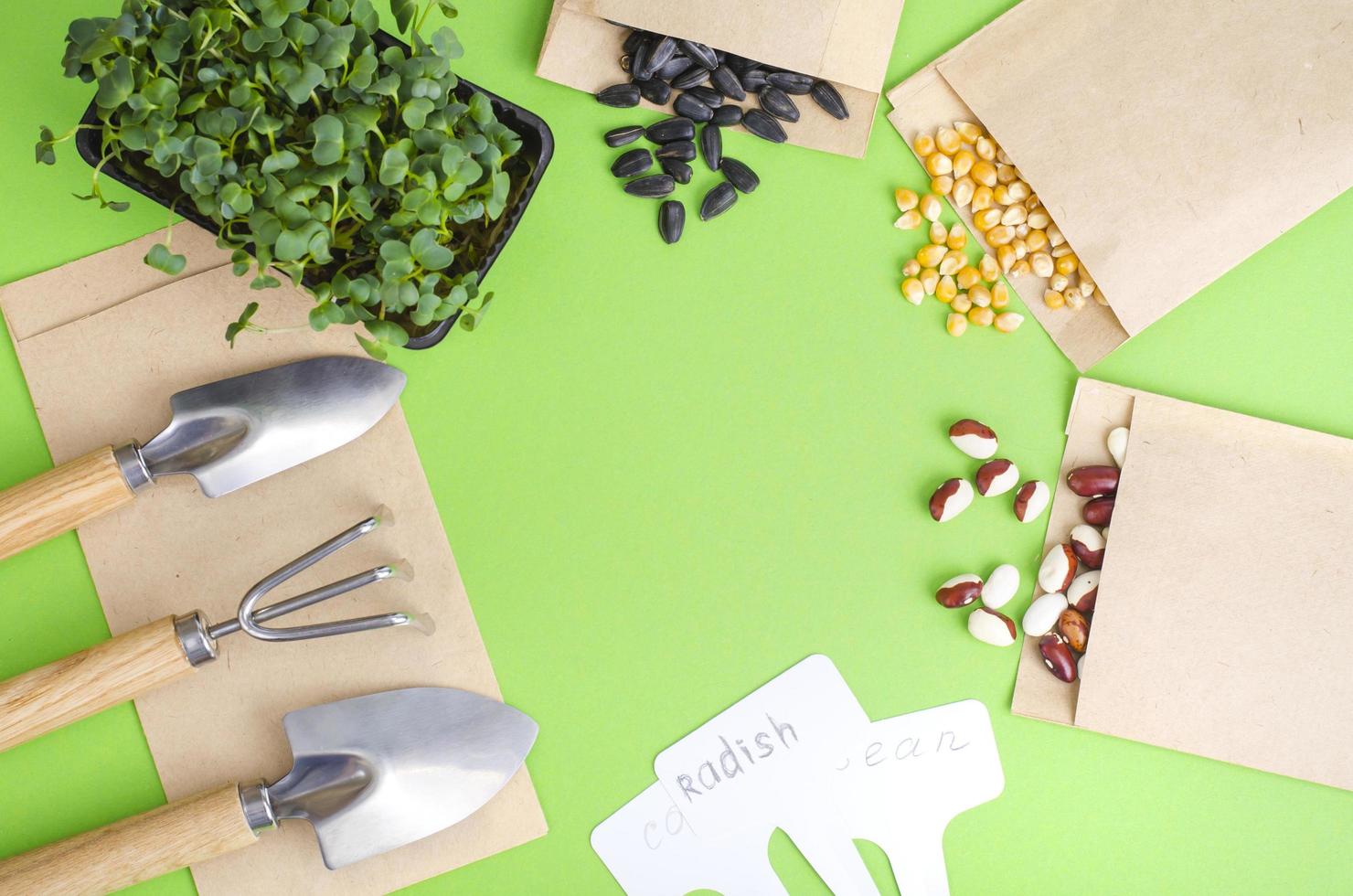How to Prune a Plant
Contents
– General guidelines for pruning a plant
– Various pruning techniques for plants
– When to prune a plant and what tools to use
Pruning a plant means cutting off certain parts of it to:
– give it the desired shape or size (for example, to form a well-rounded bush, to limit the size of fast-growing plants, etc.),
– maintain it in good health,
– and to stimulate its flowering or fruiting.
Pruning a plant: general principles
– Use disinfected and perfectly sharpened tools to make clean cuts.
– Start by removing dead wood and diseased stems.
– Then, shorten the branches that cross or prevent the sun from penetrating the heart of the plant.
– Prune 5 mm just above an “eye” (future bud): The wound will heal better close to a sap flow.
– Depending on the type of bud:
◦ In the case of opposing buds, prune straight above a pair of buds.
◦ In the case of alternate buds, prune above an outward-facing eye. Cut at an angle so that the bottom part is on the opposite side of the bud; this way, rainwater will not rot the wound.
– Protect large wounds with a healing product.
Plants: different types of pruning
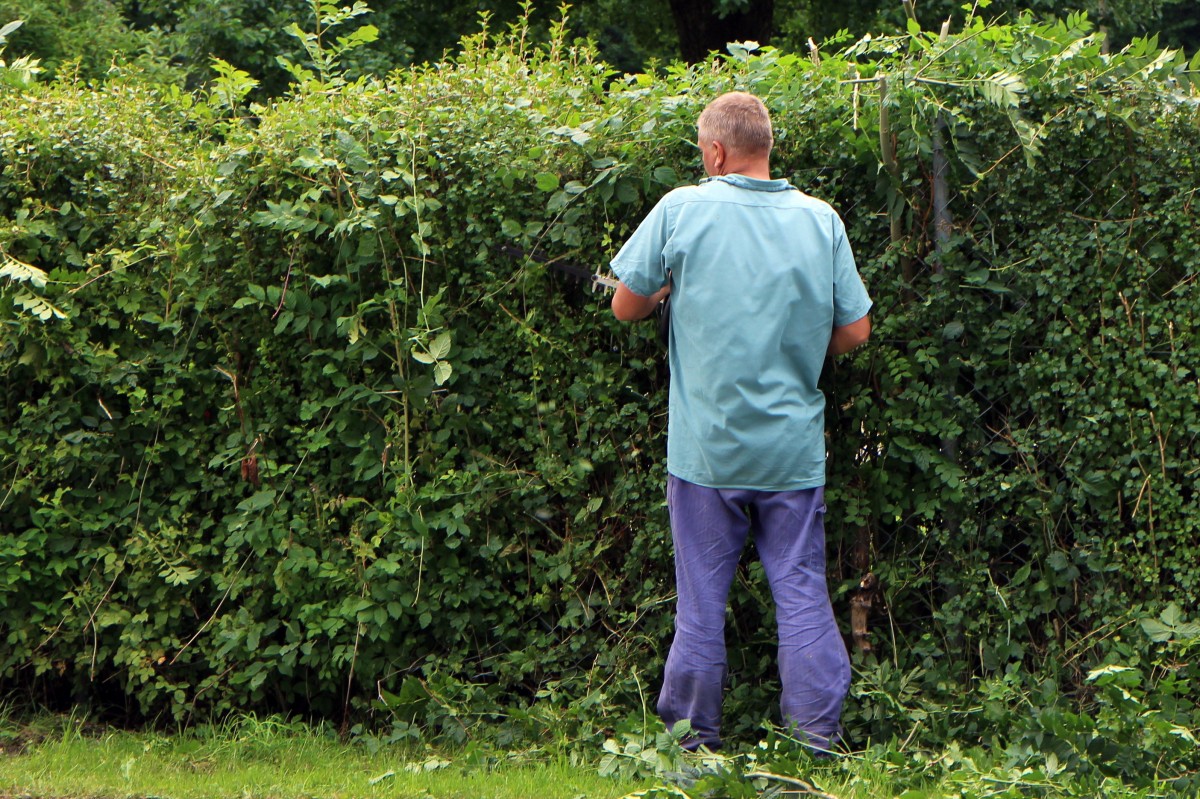
Here are the major plant prunings:
– Rejuvenation pruning: to reinvigorate a plant overgrown with dead wood and producing weakened branches.
– Training pruning: to give a beautiful shape to the plant while aerating it and providing it with maximum sunlight.
– Pruning: drastic pruning at 15 or 20 cm from the ground to regenerate certain trees or shrubs (be careful, not suitable for all species!)
– Pruning for fruiting, practiced on fruit trees.
Pruning a plant: the suitable period and the right tools
When should I prune? Depending on the species, plants are not pruned simultaneously, even if some general principles exist.
Basic rules for fruit trees
– Pome trees (apple, pear) form their fruits on previous and one-year-old branches. They are mainly pruned “dry”, in winter, during the vegetative rest period.
– Stone trees (cherry, apricot, plum, peach, etc.) form their fruit on twigs from the previous year.
◦ Wood that has borne fruit is unable to produce again.
◦ They are pruned “green” in late summer to allow them to heal better.
Basic rules for flowering shrubs
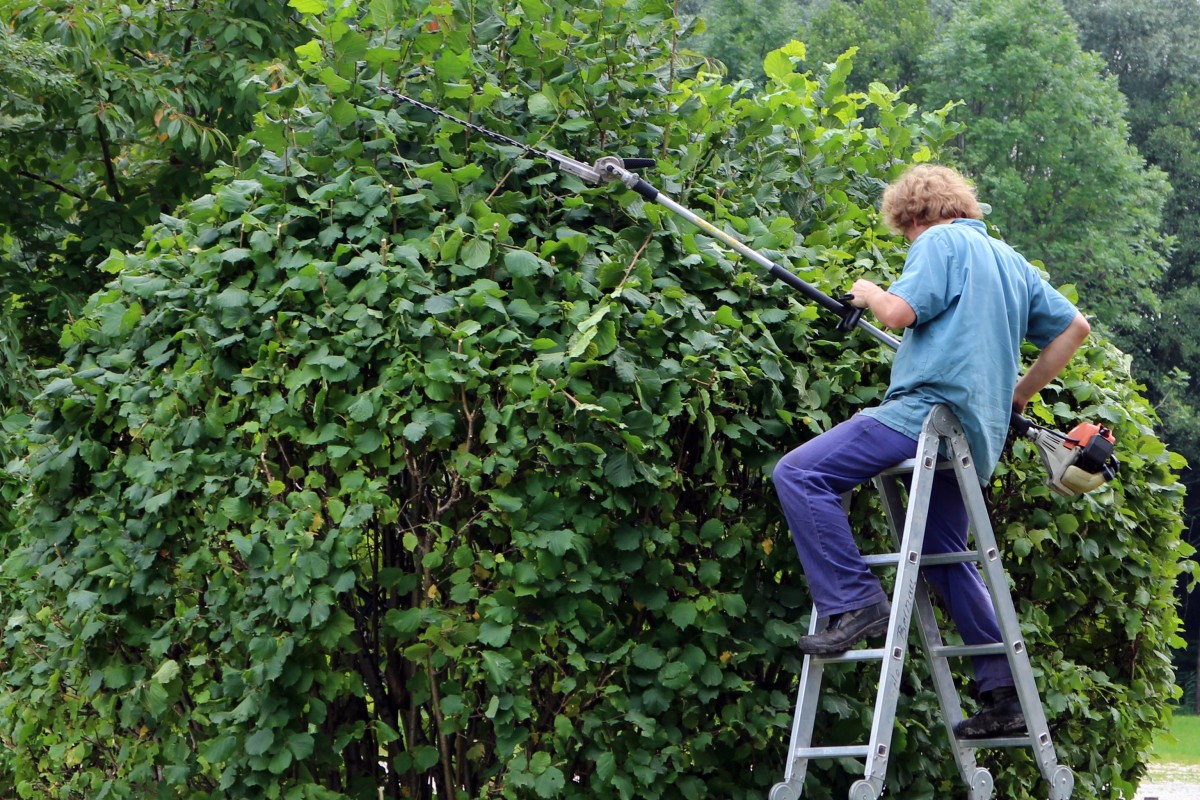
– Shrubs that bloom in winter (winter jasmine, camellia, etc.) or spring (forsythia, lilac, etc.) are pruned after they bloom. It is essential to prune early enough, as the previous year’s branches will bear flowers the following year.
– You should prune summer flowering shrubs at the end of the following winter before the sap rises so the operation favours the growth of young wood, precisely that which will bear flowers the next summer.
Pruning calendar for flowering trees and shrubs
|
Months |
Trees and shrubs |
|---|---|
|
February |
Abelia, althea, summer ceanothea, deutzia, ornamental apple and pear trees. |
|
March |
Buddleia, honeysuckle, clematis, wisteria, hydrangea, oleander, peony, summer roses, summer spirea, snowball (viburnum). |
|
April |
Forsythia, flowering gooseberry, witch hazel, winter jasmine. |
|
May |
Camellia, Caryopteris, Japanese quince, Spring spirea. |
|
June |
Judas tree, azalea, Japanese clematis, rhododendron, privet, viburnum, weigelias. |
|
July |
Seringat. |
|
August |
Non-remontant roses, wisteria. |
What tools should I use?
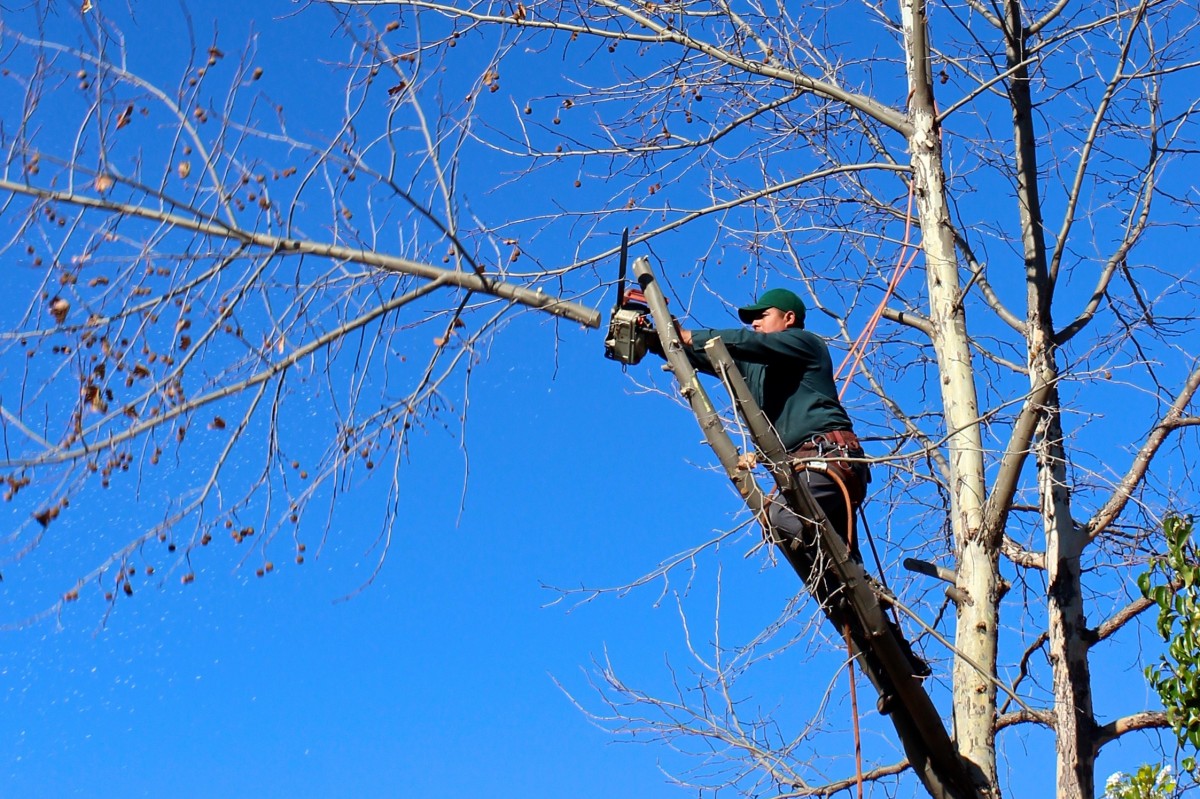
Depending on the branches to be pruned, you can use pruning shears, a branch cutter, or a pruning saw. You can also use shears for certain shrubs that you want to cut back drastically. Finally, an electric or mechanical hedge trimmer is handy for large jobs.
Note: some tools have long handles and a gear ratio that allows for a clean cut while avoiding excessive effort.
Remember to equip yourself with adequate safety protections (gloves, clothing, etc.).


